Introduction
These days, the field of artificial intelligence has emerged as an intriguing subject. Here, we’re on a quest to find the answer: is ChatGPT AI or machine learning? As users interact with this advanced language model, questions inevitably arise: Is ChatGPT AI or machine learning? How does it work? And what sets it apart from other AI-powered systems? Is ChatGPT merely artificial intelligence, a product of sophisticated machine learning algorithms, or perhaps a fusion of both? Now, let’s delve further into these innovations and the truth behind the identity of ChatGPT. For further learning about machine learning, you can visit this page.
Understanding the Basics
Given the topic of this article, let’s provide you with a basic understanding of the necessary terminologies. Artificial Intelligence refers to simulating human intelligence in machines, enabling them to perform tasks that typically require human cognition. On the other hand, Machine Learning is a subset of Artificial Intelligence that focuses on developing algorithms allowing computers to learn from and make predictions based on data without explicit programming.

Is ChatGPT AI or Machine Learning?
ChatGPT represents a convergence of both AI and machine learning technologies. At its core, it leverages machine learning algorithms, specifically deep learning techniques, to process and understand textual data. Through a process called pre-training, ChatGPT learns from a diverse range of text sources, such as books, articles, and online conversations, to develop a comprehensive understanding of language patterns and semantics. This pre-trained model is then fine-tuned on specific tasks, such as conversational interaction, through additional training data. Therefore, ChatGPT can be accurately described as both an AI model and a product of machine learning advancements. Click here to use ChatGPT.

ChatGPT: The Marvel of Machine Learning
As elucidated in earlier articles and thoroughly discussed, ChatGPT is created by OpenAI and rooted in the principles of deep learning, a subset of machine learning that employs neural networks with multiple layers to discern intricate patterns from data. Fundamentally, ChatGPT leverages the prowess of machine learning to replicate genuine human conversation. By undergoing rigorous training on extensive datasets, ChatGPT has attained mastery in language generation, adeptly crafting responses that closely resemble human speech with exceptional accuracy.
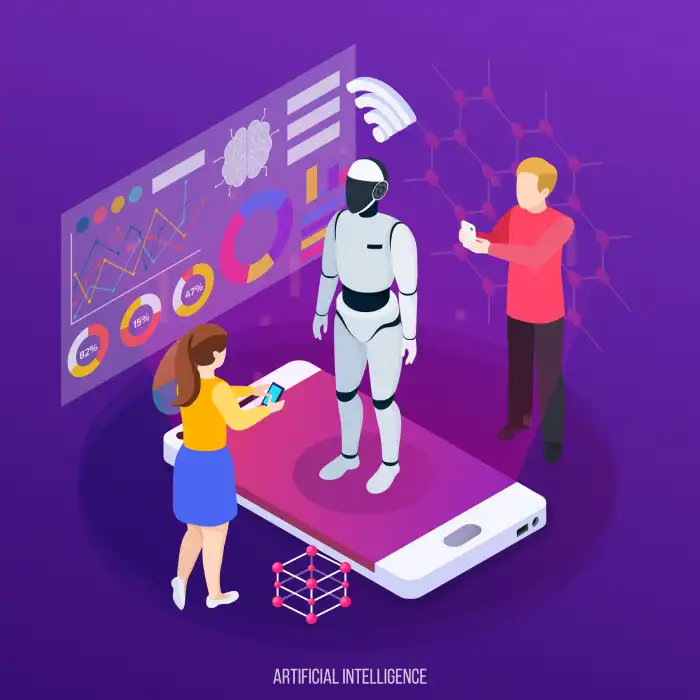
Exploring the Technologies Behind ChatGPT
Machine Learning, AI, and Deep Learning
Machine learning, a subset of AI, encompasses a variety of algorithms and techniques that enable computers to learn from data and make predictions or decisions without explicit programming. Additionally, deep learning, a specialized form of machine learning inspired by the structure and function of the human brain, focuses on neural networks with multiple layers of interconnected nodes. Consequently, ChatGPT harnesses the power of deep learning to process and understand complex language patterns, making it capable of generating human-like text.
Transformer Architecture
At the heart of ChatGPT lies the transformer architecture, a groundbreaking neural network design introduced in the seminal paper “Attention is All You Need” by Vaswani et al. Unlike earlier recurrent neural networks (RNNs) or convolutional neural networks (CNNs), transformers rely on self-attention mechanisms to weigh the importance of different words in a sentence, enabling more effective context modeling and text generation. This innovative architecture forms the backbone of ChatGPT’s language understanding capabilities.
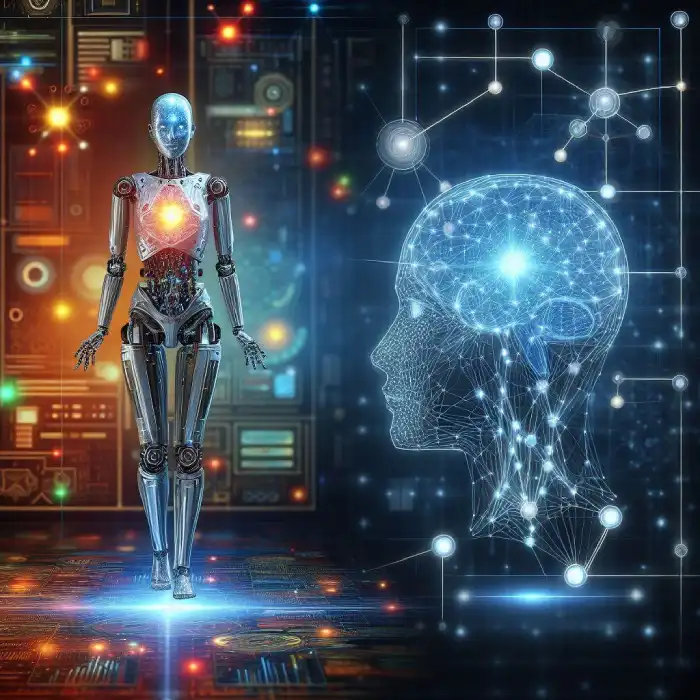
AI vs. Machine Learning: Deciphering the Dichotomy:
Now comes the pivotal question: Is ChatGPT an embodiment of AI, machine learning, or a synergy of both? To discern the answer, let’s dissect the distinctions between AI and ML. While AI encompasses a broad spectrum of technologies aimed at replicating human intelligence, machine learning serves as a specialized tool within the AI arsenal, focusing on the acquisition of knowledge from data. Thus, ChatGPT emerges as a prime example of machine learning in action, utilizing neural networks to process and generate language.
Types of Machine Learning
Machine learning algorithms are classified into three main categories:
- Supervised Learning: Within supervised learning, algorithms derive knowledge from labeled data, where each input-output pair is explicitly provided during the training process. This structured approach empowers the algorithm to formulate predictions or decisions based on past experiences.
- Unsupervised Learning: Conversely, unsupervised learning entails training algorithms on unlabeled data, granting them the capacity to discern patterns or structures without explicit guidance. Common applications of unsupervised learning encompass clustering and dimensionality reduction techniques.
- Reinforcement Learning: In the realm of reinforcement learning, models acquire knowledge through iterative interaction with an environment, wherein they receive feedback in the form of rewards or penalties contingent upon their actions. Over successive iterations, these models refine their behavior to optimize cumulative rewards, thereby exhibiting adaptive and strategic decision-making capabilities.
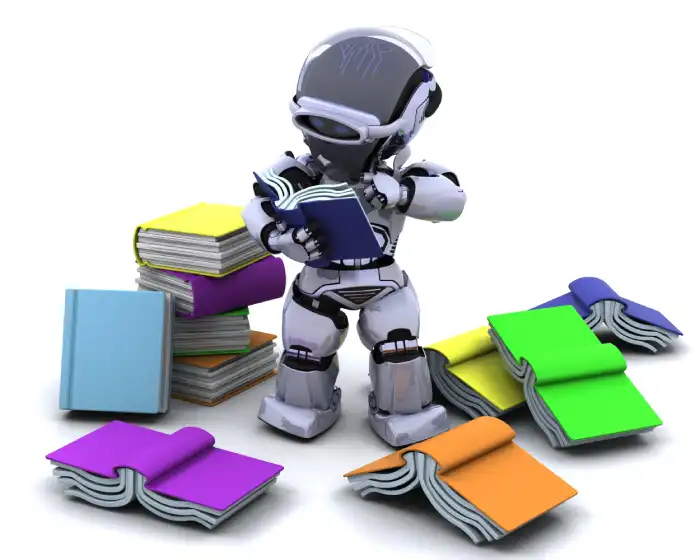
Best books on Ai and Machine learning
In the expansive realm of artificial intelligence (AI) and machine learning (ML), a plethora of resources exist for learning, encompassing a wide array of topics ranging from foundational principles to cutting-edge advancements. Here, we present a curated selection of the finest books on artificial intelligence and machine learning:
- Deep Learning by Ian Goodfellow
- Machine Learning: A Probabilistic Perspective by Kevin P. Murphy
- Machine Learning: A Hands-On, Project-Based Introduction to the Fundamentals of Machine Learning by Peter Bruce and Andrew Bruce
- Pattern Recognition and Machine Learning by Christopher M. Bishop
- Python Machine Learning: Machine Learning and Deep Learning with Python, scikit-learn, and TensorFlow by Sebastian Raschka and Vahid Mirjalili
- Hands-On Machine Learning with Scikit-Learn, Keras, and TensorFlow: Concepts, Tools, and Techniques to Build Intelligent Systems by Aurélien Géron
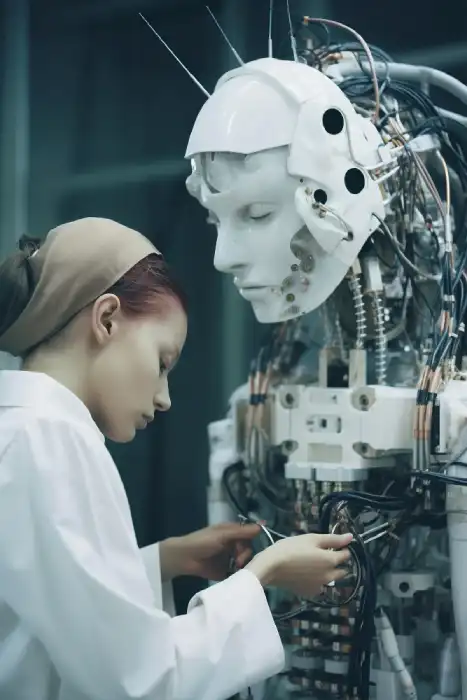
Machine Learning Masters: Unlocking the Secrets of Data-driven Intelligence
In today’s age of digital transformation, mastering machine learning is vital for unlocking the potential of data-driven intelligence. As businesses aim to use algorithms to extract insights from vast datasets, the role of machine learning masters is crucial. These experts not only design, implement, and optimize machine learning models but also enable organizations to make informed decisions by extracting actionable insights. With advanced algorithms, statistical analysis, and domain knowledge, machine learning masters unravel data complexities and unlock hidden value, driving businesses towards success in a competitive landscape.
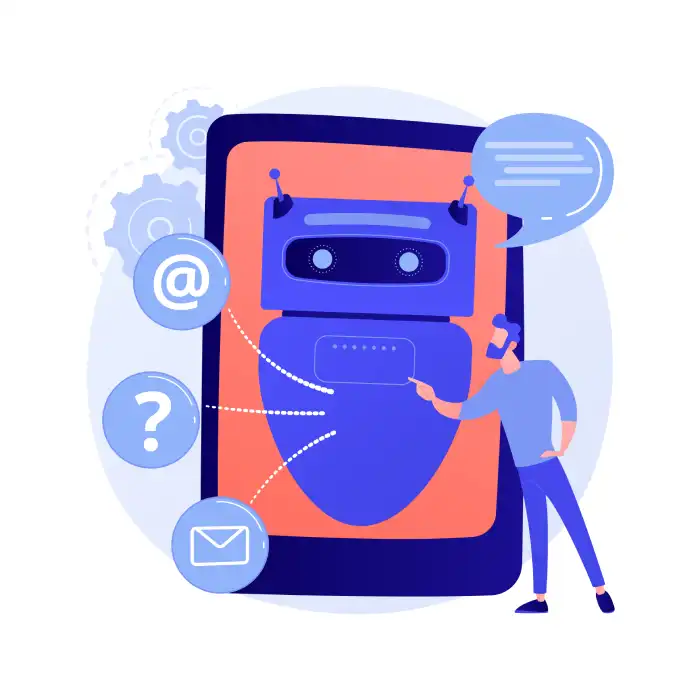
The Impact of ChatGPT
Beyond its enigmatic nature, ChatGPT has made profound strides in various domains, revolutionizing industries ranging from customer service to content creation. Moreover, its ability to comprehend and generate human-like text has paved the way for innovative applications. These include personalized chatbots, language translation services, and content generation tools. Furthermore, ChatGPT serves as a testament to the transformative potential of machine learning, inspiring researchers and practitioners alike to explore new frontiers in AI.
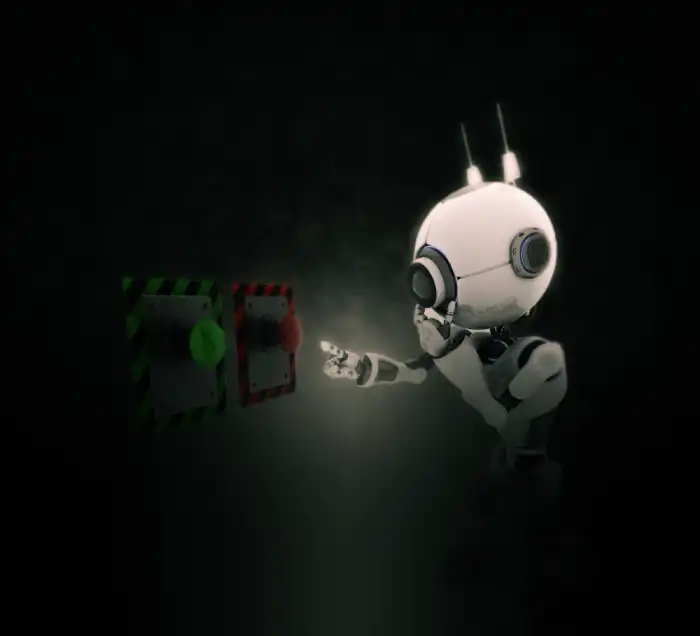
ChatGPT in Action: How Does It Work?
The Pre-training Process
Before ChatGPT can engage in meaningful conversations, it undergoes an extensive pre-training phase. During this stage, the model ingests vast amounts of text data from diverse sources, building a comprehensive language model through unsupervised learning. By predicting the next word in a sequence based on preceding context, ChatGPT learns to understand grammar, syntax, and semantics across various domains. This pre-trained model serves as the foundation for subsequent fine-tuning and specialization.
Fine-tuning for Specific Tasks
Once pre-trained, ChatGPT can be fine-tuned for specific tasks or applications, such as conversational agents, content generation, or text summarization. Fine-tuning involves exposing the model to task-specific training data and adjusting its parameters to optimize performance. By fine-tuning on relevant datasets, ChatGPT can adapt its language generation capabilities to suit specific use cases while retaining the underlying linguistic knowledge acquired during pre-training.
Conclusion:
In the ever-evolving landscape of AI and machine learning, ChatGPT represents a significant milestone in natural language processing and generation. By harnessing the power of deep learning and transformer architectures, ChatGPT has revolutionized the way we interact with AI systems and generated excitement about the possibilities of human-like language understanding. Furthermore, as researchers and developers continue to push the boundaries of AI technology, ChatGPT serves as a testament to the transformative potential of machine learning in shaping the future of communication, creativity, and collaboration.

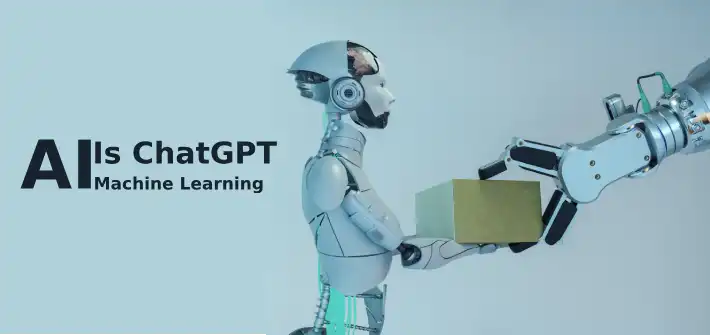

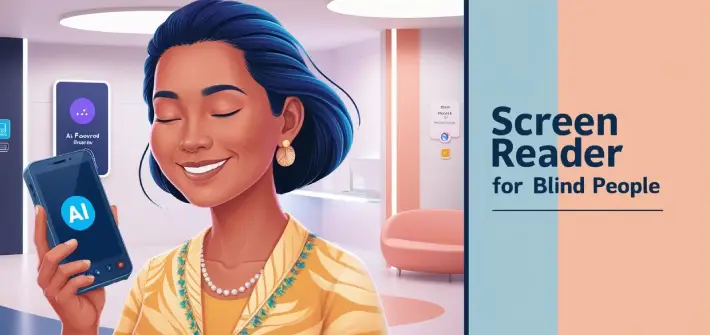

[…] Machine learning plays a crucial role in powering AI question answering systems. Through a process known as training, these systems are fed large datasets containing examples of questions and their corresponding answers. Consequently, by analyzing patterns and relationships within the data, machine learning algorithms learn to identify relevant information and generate accurate responses. […]